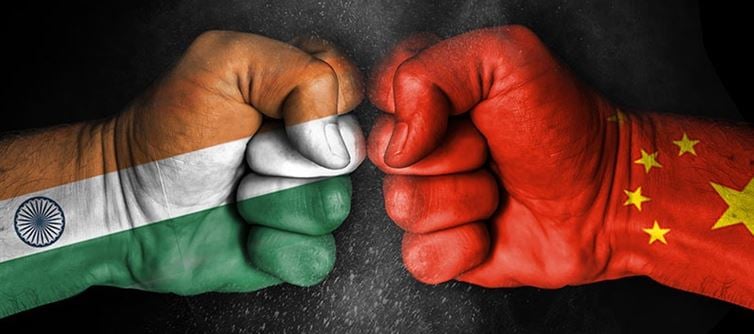
China, often dismissed in the West as a “dictatorship,” chose to build factories, create jobs, and invest heavily in infrastructure, education, and innovation. The results are undeniable: over 800 million people lifted out of poverty in just 40 years, literacy rates above 96%, and a country that now leads in critical sectors ranging from electronics to green technology. High-speed rail, world-class airports, and manufacturing ecosystems have transformed china into the world’s production line, making it indispensable to global supply chains. Authoritarianism aside, the governance model delivered on the most basic metric of governance: improving lives.
India, meanwhile, despite being the world’s largest democracy, has consistently faltered in translating political freedom into economic empowerment. Instead of building factories, much of its political energy has gone into building and maintaining vote banks through caste, religion, and subsidy politics. With 74% literacy, patchy infrastructure, and an economy still reliant on services and imports, india lags far behind in job creation and industrial capacity. Democracy is vital, but democracy alone does not feed citizens, create jobs, or guarantee progress. As the contrast shows, governance should ultimately be judged not by ideology or labels, but by outcomes—and on that count, china has surged miles ahead while india is still stuck debating the basics.




 click and follow Indiaherald WhatsApp channel
click and follow Indiaherald WhatsApp channel